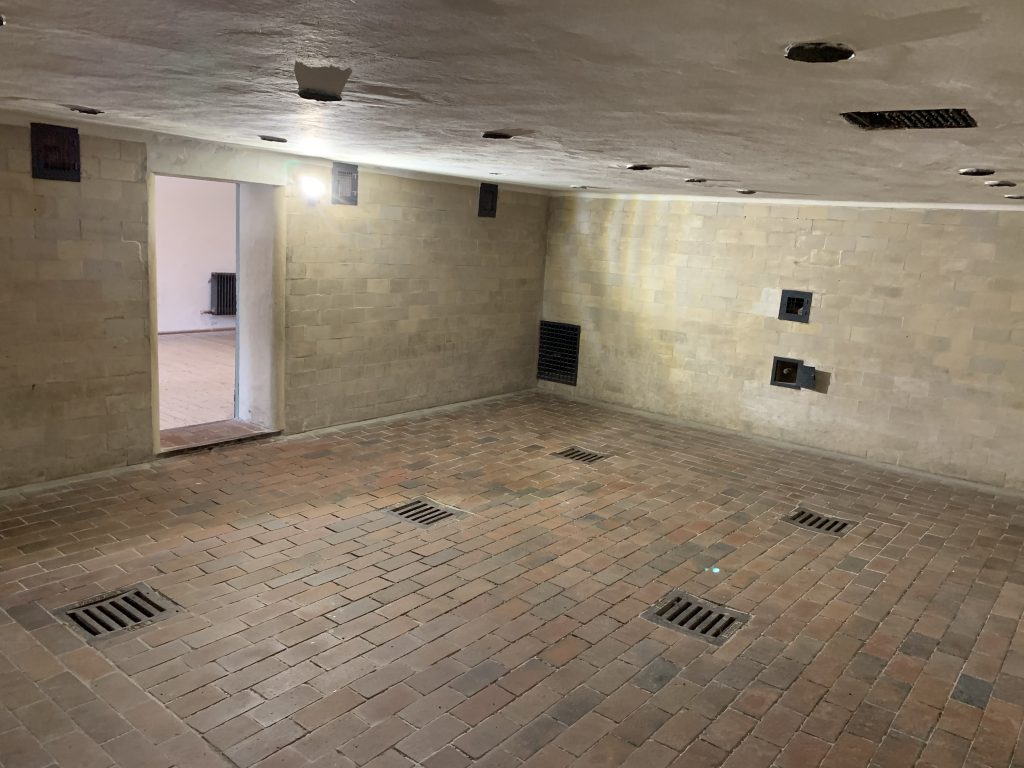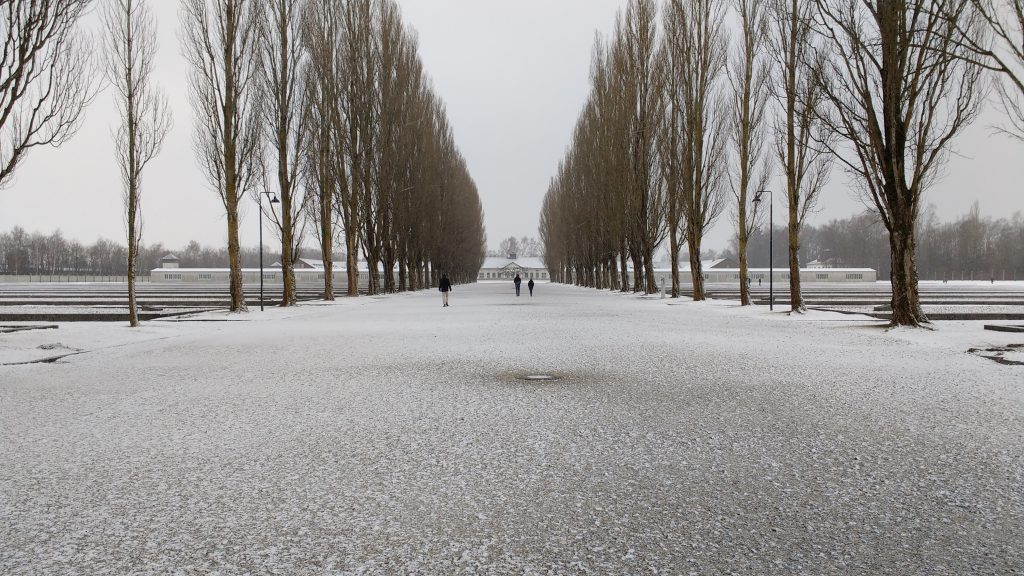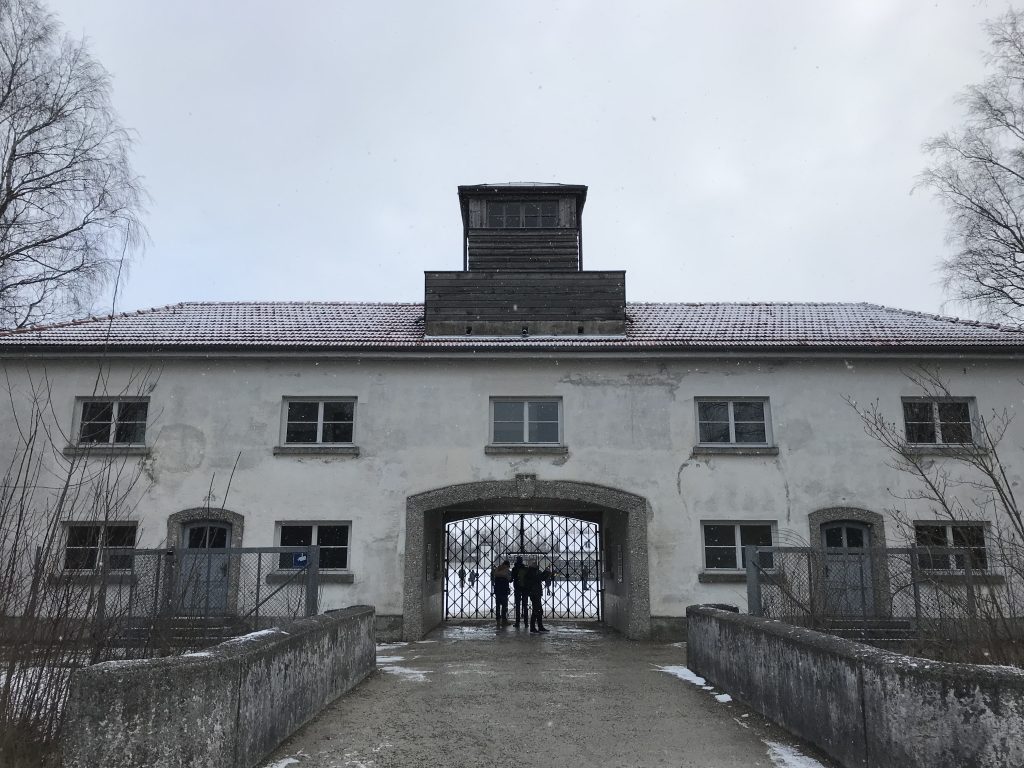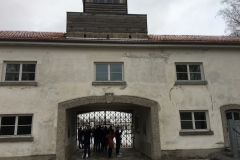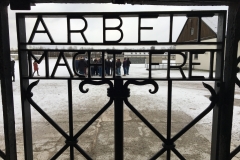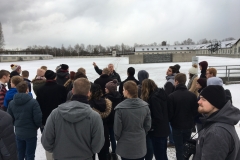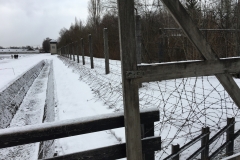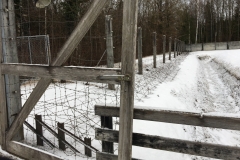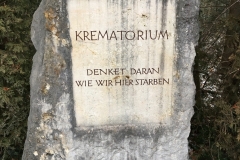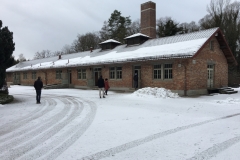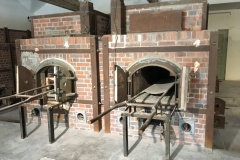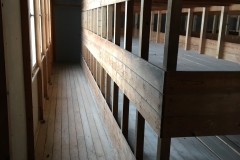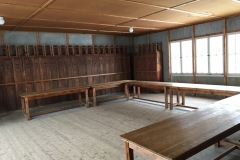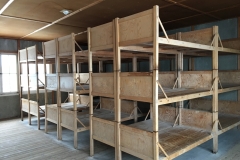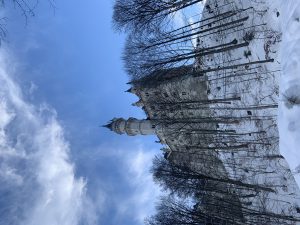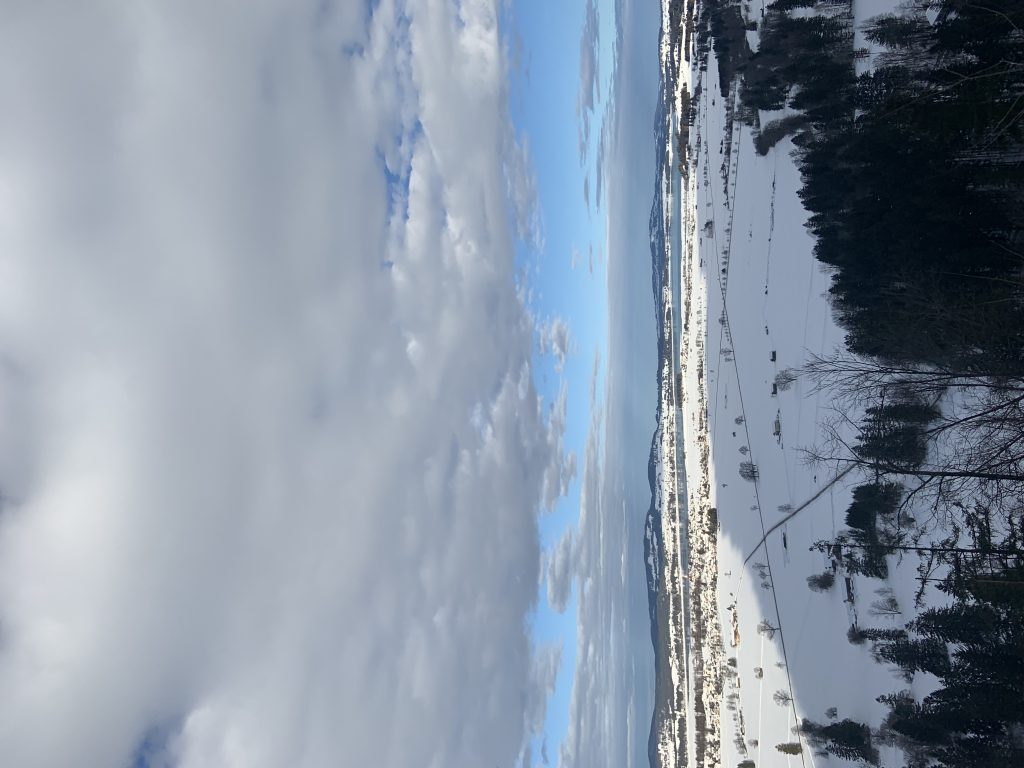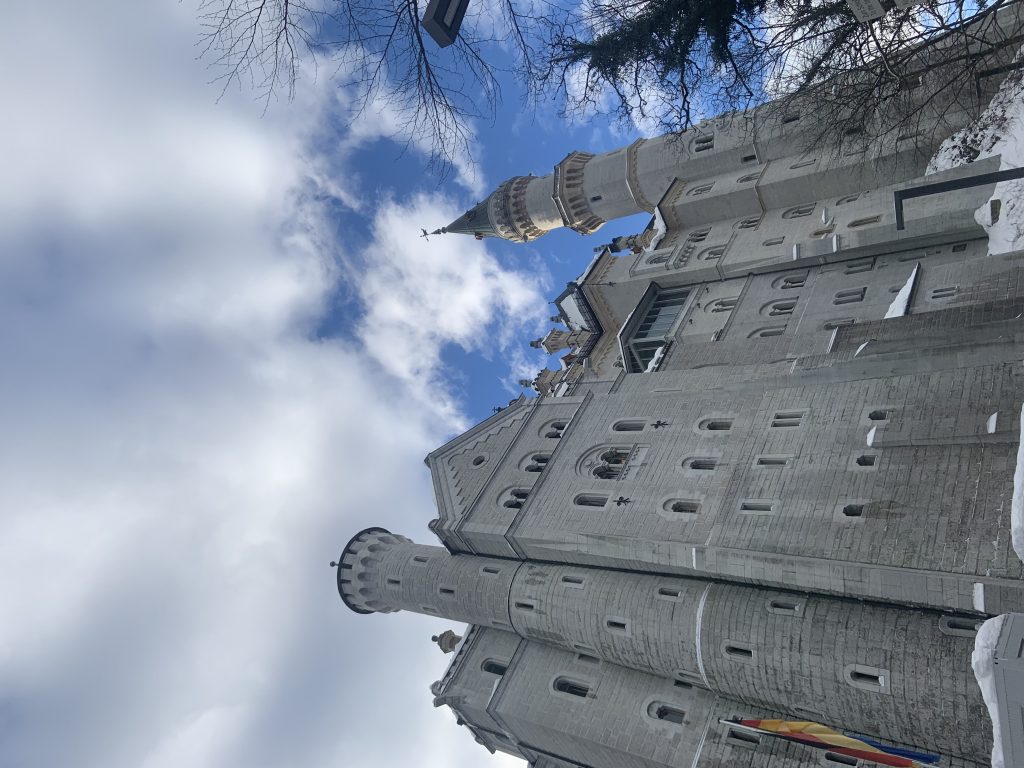Visiting the Munich Steelcase location was a highlight for me so far this trip. Steelcase is originally based out of Grand Rapids, but has multiple locations across the globe. We visited the “Learnig + Innovation Center” in Germany.
Upon arriving, we were greeted and treated with lots of respect and Steelcase was very welcoming to us. They made me feel at home inside of their workspace. Klaus Pronaf gave us lots of background on he facilities and then provided a tour for the entire group. The Steelcase location in Germany has three different buildings, each with specifically designed floors that are personalized to the employees that work there. Unfortunately because of time, we were only able to visit 3 of the 5 floors in the main office building.
The most fascinating thing to me about the building design and office workspaces, was how different it was from my presupposed view of what an office looks like. For example, they removed cubicles and personalized desks for each employees and replaced them with open working areas where dialogue and conversation is more common. There’s only one section of the building where there are personalized offices, and that is the leadership floor. But Klaus explained the leadership only stop in their offices in the mornings, then are in meetings the rest of the day. Another thing that caught my attention was how open and bright the workspace was. Klaus said this is because sunlight and open space makes space for more creativity to flow and for the employees to be more efficient. One example of this is Steelcase changed the original staircase the building had and replaced it with a wide and open staircase that made the 3 middle floors all feel like one large floor. This allows for easier and faster communication amongst the workers.
I really enjoyed my visit to Steelcase because they showed me there are many ways to create an office environment. Each company needs to find and create an environment that fits their field and their employees. I enjoyed seeing all of the innovation and ideas that Steelcase is coming up with.


